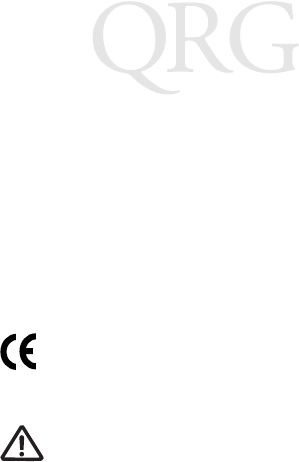
76
LS 2208
turning the equipment off and on, the user is encouraged to try to correct the
interference by one or more of the following measures:
• Re-orient or relocate the receiving antenna
• Increase the separation between the equipment and receiver
• Connect the equipment into an outlet on a circuit different from that to
which the receiver is connected
• Consult the dealer or an experienced radio/TV technician for help.
Radio Frequency Interference Requirements - Canada
This Class B digital apparatus complies with Canadian ICES-003.
Cet appareil numérique de la classe B est conforme à la norme NMB-003 du
Canada.
Marking and European Economic Area (EEA)
Statement of Compliance
Symbol Technologies, Inc., hereby declares that this device is
in compliance with all the applicable Directives, 89/336/EEC,
73/23/EEC. A Declaration of Conformity may be obtained from
http://www2.symbol.com/doc/.
Laser Devices
Symbol products using lasers comply with US 21CFR1040.10,
and IEC825-1:1993, EN60825-1:1994+A11:1996. The laser
classification is marked on one of the labels on the product.
Class 1 Laser devices are not considered to be hazardous when
used for their intended purpose. The following statement is required to
comply with US and international regulations:
Caution: Use of controls, adjustments or performance of procedures other
than those specified herein may result in hazardous laser light exposure.
Class 2 laser scanners use a low power, visible light diode. As with any very
bright light source, such as the sun, the user should avoid staring directly into
the light beam. Momentary exposure to a Class 2 laser is not known to be
harmful.


















